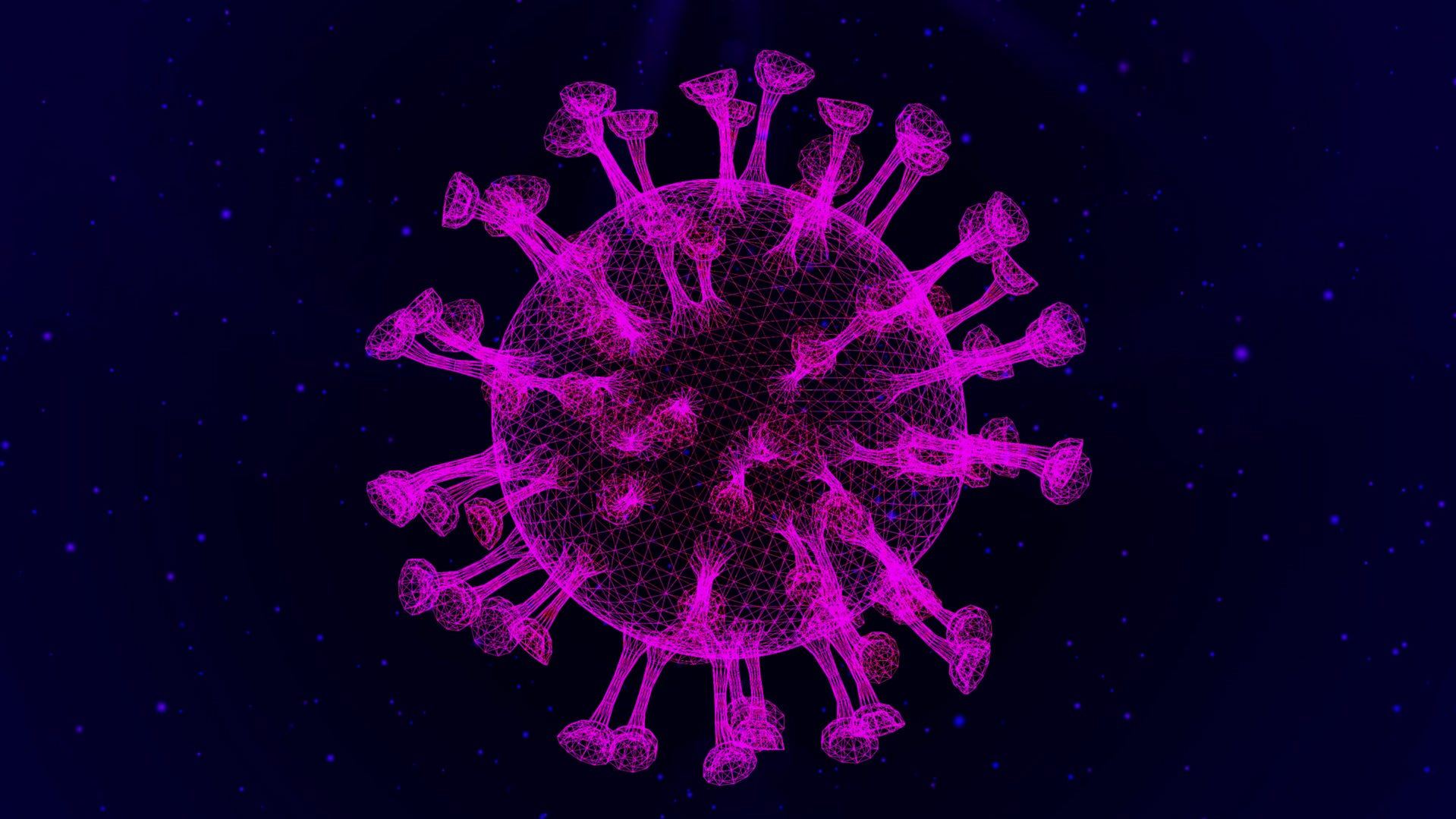
The CDC says new strains of COVID-19, nicknamed FLiRT, have been found in sewage
The Centers for Disease Control and Prevention is warning the public about a new set of Covid-19 strains, nicknamed FLiRT, that were recently discovered in sewage.
A spike in COVID-19 patients in New York hospitals suggests this summer’s infections could be worse than last year’s as new strains spread nationally.
Emergency room visits for Covid-19 averaged 181 per week at the end of June, with a total of about 750 Covid patients hospitalized, the most recent statewide program to date. In contrast, those key COVID hospitalization metrics last summer were 80 visits and 410 hospitalizations.
Wastewater monitoring identified high levels of Covid detected in parts of Monroe, Westchester and Rockland counties, underscoring the spread of the virus in those communities. But those levels were lower than the highest possible detections — mostly in the Buffalo, New York City and Long Island areas.
Which types of COVID are spreading in NY?
Cases are driven by successive developments in a set of so-called sub-differences For fun, named after the technical names of mutations. Retrieved from FLiRT JN.1 variantAccording to the CDC, it came from Omicron, which dominated cases until spring. Nowcast Loose estimates of cyclic variations.
The main subtypes spread in New York last month included KP (40%) and JN.1 (22%), but the fastest-growing variant nationally, LB.1, has started showing up in sewage in New York. , suggesting the potential for additional epidemics.
How this summer’s covid surge compares to previous NY waves
Last summer, the current surge in COVID-19 infections remains below previous summer levels of the epidemic, with nearly 2,800 hospitalized COVID-19 patients with the worst summer peak in 2022, state data show.
Also, experts noted seasonal fluctuations in the number of COVID cases — peaking in the fall and winter months — underscoring the fact that the virus is here to stay, much like the seasonal flu. Year at national level.
Should I still be quarantined for covid in 2024?
New Yorkers should stay at home and stay away from others At least 24 hours According to updated Centers for Disease Control and Prevention recommendations, there is no fever and their symptoms are improving overall.
This is a change from previous guidance that recommended a minimum isolation period of five days for COVID-19.
Eduardo Cuevas and Emily DeLetter of USA TODAY contributed reporting.